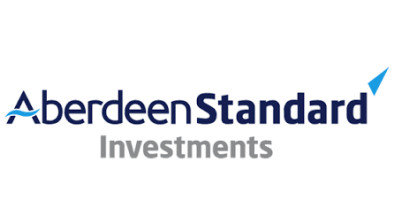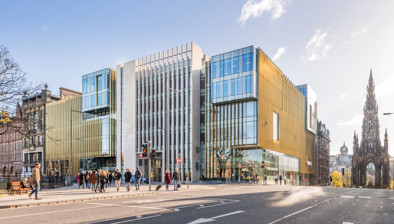Standard Life Investments Property Income Trust Limited confirms NAV of 88.3p

Jason Baggaley
Standard Life Investments Property Income Trust Limited, a fund managed by Standard Life Aberdeen (SLA), has confirmed unaudited Net Asset Value (NAV) per ordinary share of 88.3p, marking an increase of 3.5% for the first quarter of 2021.
This has resulted in a NAV total return, including dividends, of 5.1% for the quarter.
The portfolio valuation (before CAPEX) increased by 3.3% on a like for like basis, whilst the MSCI Monthly Index increased by 2.6% over the same period.
The trust’s dividend for Q2, 2021 has been maintained at 0.8925p, matching the level of the dividend for Q1, 2021 which was increased by 25%.
The trust has reported a strong balance sheet with significant financial resources available for investment of £80 million in the form of the company’s low cost, revolving credit facility of £55m plus uncommitted cash after dividend and other financial commitments of £25m.
As at 30 June 2021, the company had a Loan to Value of 17.6%. The debt currently has an overall blended interest rate of 2.725% per annum.
The amount of rent collected in respect of 2020 continues to edge up, now standing at 95.2% of rent due and the collection rate for the current quarter already stands at 94%.
Jason Baggaley, fund manager, Standard Life Investments Property Income Trust Limited, said: “One year ago I hoped not to be writing about the impact of Covid-19 restrictions for Q2 2021, but had no idea what the route to normality would look like.
“As I write this, restrictions have been eased and the third wave appears to be in decline – suggesting that the vaccine has largely done its job. The delays in getting to this position have had an impact over the quarter, especially in the office market. Although we completed two office lettings, and have another five with terms agreed, we noticed a stalling in inspections over the second part of the quarter as the return to office was delayed yet again.
“We continued the portfolio repositioning over the quarter with two sales – an out of town office in Farnborough let to BAE that was over rented with a short lease and an industrial unit in Kettering that did not meet our ESG requirements and where we believed future value would be impacted as a result. As a result of sales undertaken to reposition the portfolio for a post-Covid world, cash is at a higher level than normal.
“We are looking to invest back into the market, and have three transactions under offer about which we hope to be able to provide more information shortly.”
Commenting on the outlook, he added: “While the economy is now in recovery mode as Covid-related restrictions are relaxed, for much of the UK real estate market it is structural trends that are set to drive performance over the medium term. With the fundamentals supportive of further rental growth, investment demand for industrials is set to push yields lower in the second half of the year; industrials are forecast to remain the best-performing sector over the next three years.
“Meanwhile, office fundamentals point to falling rental values and rising income risk. With little adjustment to values thus far, we are forecasting weak returns for the sector over the course of the next three years. Importantly, though, the market is likely to be bifurcated, with the best quality space favoured by tenants and more resilient for investors and secondary space increasingly distressed.”
He concluded: “Bifurcation is also expected in the retail sector, with retail warehouse values now rising rapidly for modern parks, let off affordable rents, anchored by grocery, discount variety and DIY occupiers. Fashion-oriented parks are more vulnerable, in line with the challenges faced by high streets and shopping centres, where we anticipate a further year of negative total returns.
“Assets offering long, secure income streams with indexation are expected to deliver favourable risk-adjusted returns. Longer income assets are currently outperforming shorter income assets by a very wide margin in absolute terms and ongoing strong demand for those cash flows is expected to drive continued outperformance this year.”






